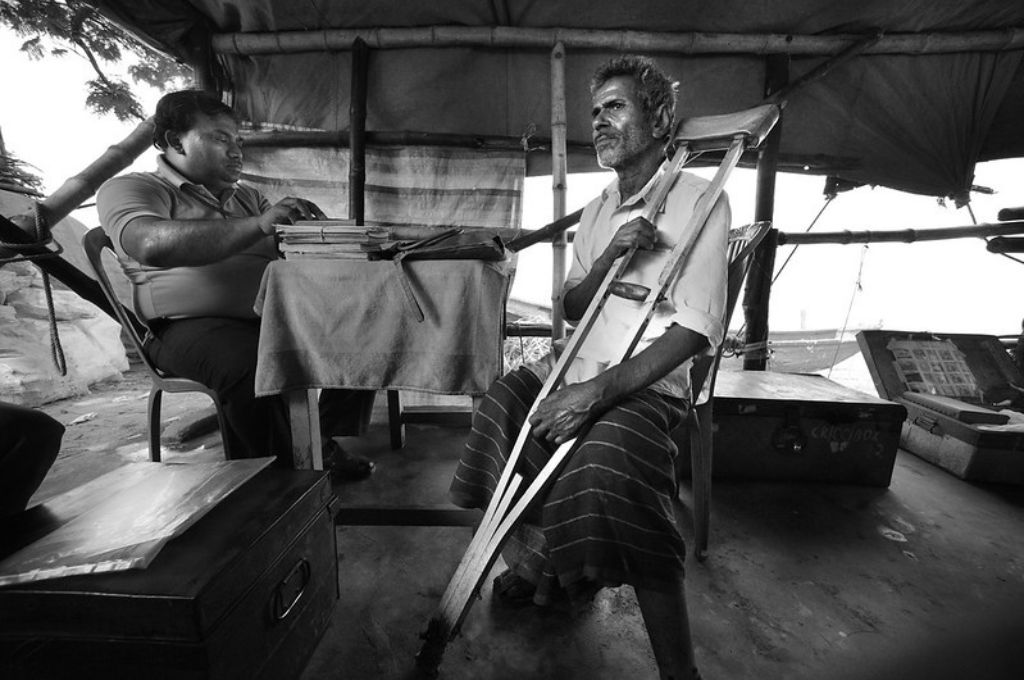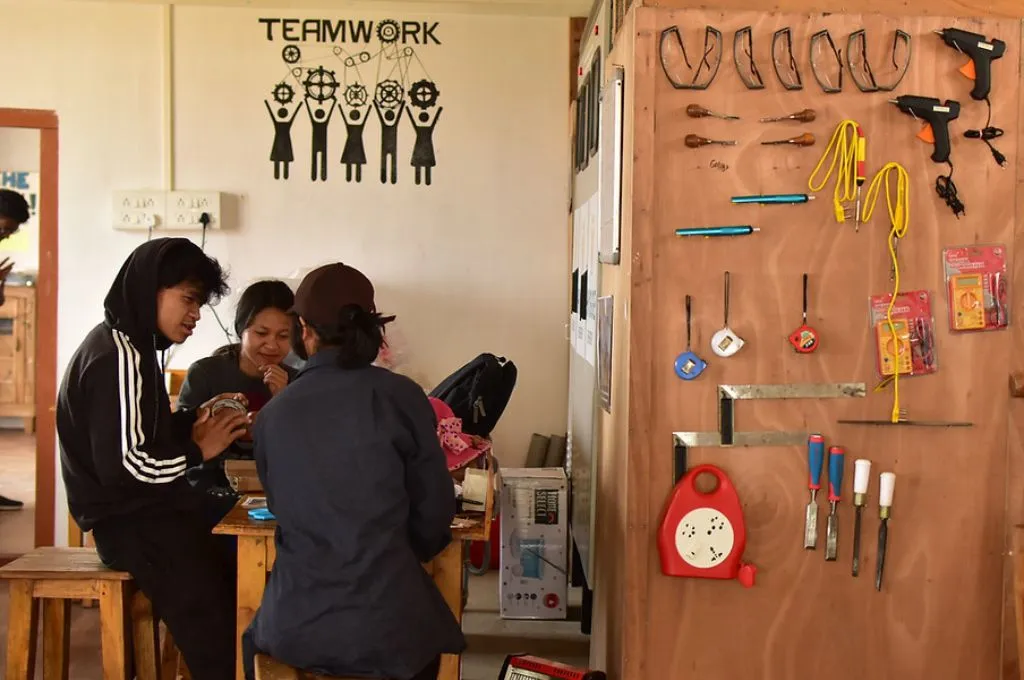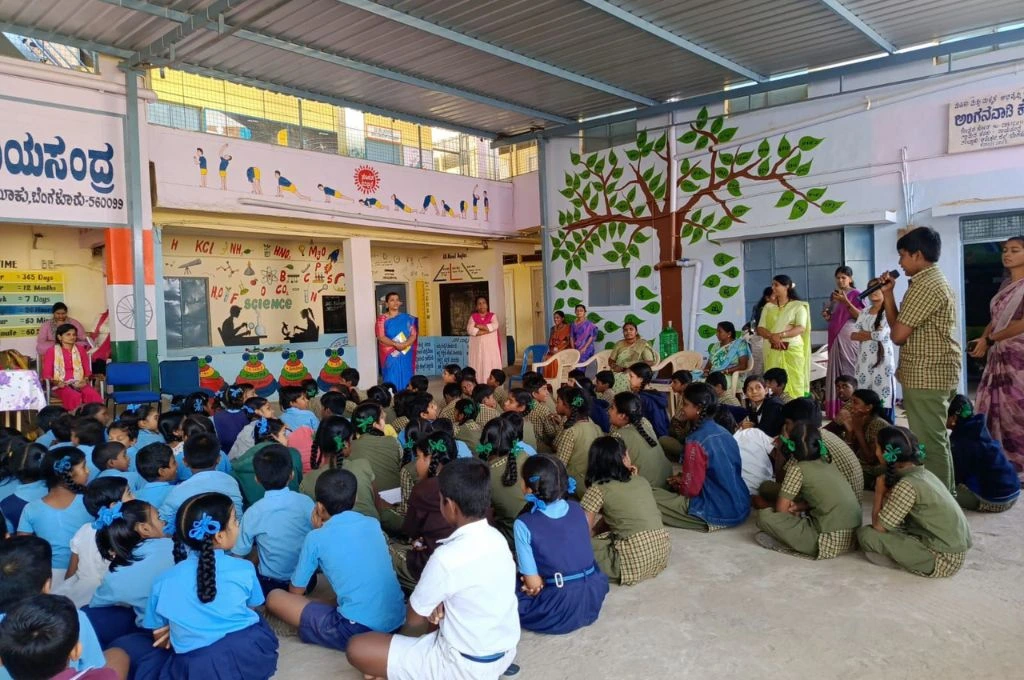Over the last decade, India has adopted a host of measures for people with disabilities, including signing and ratifying international conventions such as the United Nations Convention on the Rights of Persons with Disabilities (UNCRPD) and the Incheon Strategy. Subsequently, national disability laws and policies have seen a shift. The Rights of Persons with Disabilities Act, 2016, came into force to give effect to UNCRPD. However, real change can only be accomplished by allocating resources to successfully implement these policies. In India, the budgetary allocation towards the welfare of persons with disabilities has always been quite limited. In FY 2023–24, the Department of Empowerment and Welfare of Persons with Disabilities (DEPwD) under the Ministry of Social Justice and Empowerment (MSJE) was allocated INR 1,225 crore, which amounts to 0.027 percent of the total budget. The total outlay in FY 2023–24 increased by approximately 7.5 percent compared to the previous year, but the outlay for the DEPwD increased by only 1 percent.
Understanding budgetary allocation towards disability in recent years
1. Within ministries
For persons with disabilities, barriers to access span various sectors, including health, education, transport, housing, labour, and justice. But only three central ministries have dedicated budgetary allocations for persons with disabilities. These are the Ministry of Rural Development (MoRD), the Ministry of Health and Family Welfare (MoHFW), and the MSJE. However, the disability specific allocation constitutes a relatively negligible portion of the budgets of these ministries.
As part of the MSJE, the DEPwD bears primary responsibility of catering to the needs of persons with disabilities, both independently and in collaboration with other ministries. An analysis of the DEPwD’s budget between FY 2016–17 and FY 2023–2024 reveals that although the budgetary allocation to it rose steadily until FY 2020–21, it subsequently declined and stagnated. However, the overall allocation for the MSJE increased by 12 percent between FY 2021–22 and FY 2022–23.

The MoRD’s spending on disability is limited to only the Indira Gandhi National Disability Pension Scheme —the allocation for which has also stagnated since FY 2016–17. Again, this is despite the continuously rising total outlay for the ministry, which received a 16 percent hike in FY 2023–24. Despite the increase, the allocation to the scheme remained the same at INR 290 crores. The scheme currently provides a negligible pension of INR 300 per month, which might not make any significant difference to its beneficiaries. Further, it is only available to those who have more than 80 percent disability, are living below the poverty line, and are in the 18–79 age group. In FY 2021–22, only approximately 4 percent of all persons with disabilities in India benefitted from the scheme.
Unlike the budgets for schemes under DEPwD and MoRD, the budgets for disability under the MoHFW have seen an increase of 25 percent from FY 2022–23 to FY 2023–24, but the funds are distributed to only two organisations.

2. For disability-related schemes
A granular analysis of disability-specific schemes provides a comprehensive look at the fluctuations in the disability budget. Between FY 2019–20 and FY 2023–24, the largest proportion of funds within the DEPwD was allocated to Assistance to Disabled Persons for Purchase/Fitting of Aids and Appliances (ADIP) and the Scheme for Implementation of Persons with Disability Act (SIPDA). However, while the allocation to ADIP increased in FY 2023–24, it declined for SIPDA.
As an umbrella scheme with essential components such as the Accessible India Campaign, Skill Development of Persons with Disabilities, and Unique Disability ID, SIPDA is fundamental in protecting and furthering the rights of persons with disabilities. The number of components under it have doubled from six to 13 between 2016 and 2022. Despite the scheme’s contribution, its budget has declined over the past few years—falling from INR 315 crore in FY 2019–20 to INR 150 crore in FY 2023–24.
Disability continues to be under-researched in India.
There are deeper issues that might be contributing to the continuous reductions in the allocation to SIPDA. While most schemes under the DEPwD experience some level of underutilisation of funds, the magnitude of unspent funds is relatively higher in the case of SIPDA. In FY 2020–21 and FY 2021–22, only 41 percent and 51.7 percent respectively of the funds allocated to SIPDA were utilised. When the scheme’s low expenditure was questioned by a parliamentary standing committee, the department cited an insufficient number of proposals for the sub-schemes under SIPDA from the states and UTs and the COVID-19 pandemic as the leading causes. This means that the central and state government agencies lack the capacity to develop programmes that effectively utilise allocated budgets—beyond providing aid, disability pensions, and cash transfers. They are stuck in a vicious cycle, where ineffective implementation leads to low expenditure, which then creates a cash-strapped ministry.

The scheme also suffers from lack of data on allocations to its components. There is no visibility on the resources allocated to the sub-schemes for skill development, disability research, or improved accessibility for persons with disabilities. Only the amount spent on some of them by DePW in FY 2016–17 to 2021–22, is currently available in the public domain. According to our calculation, this amounts to only 0.023 percent of the department’s total spending during this time. Thus, disability continues to be under-researched in India.
3. In sectoral schemes
In addition to the disability-specific schemes analysed above, several sectoral schemes under central ministries also cover persons with disabilities. However, it is difficult to ascertain the allocations and expenditure trends for such schemes due to lack of publicly available data. For instance, Samagra Shiksha Abhiyan, under the Ministry of Education, has a component of inclusive education for children with special needs. While data on the programme’s budget as a whole is available, there is a dearth of disaggregated data. The only exception is FY 2018–19, when INR 1,023.50 crore was approved for children with special needs. But this figure was a mere 4 percent of the total budget for the programme. This specific allocation has also been reported to be inadequate and underspent. This lack of availability of disability disaggregated data cuts through all sectors. For example, in skilling and training, there is no provision for disaggregated spending for persons with disabilities under the Pradhan Mantri Kaushal Vikas Yojana.
Towards better budget allocations and practices
In recent years, continuous neglect has plagued efforts concerning schemes for persons with disabilities. This neglect translates into repeated underspending, which then leads to stagnant or reduced funding. While the policies are progressive and beneficial, their budgetary allocation continues to be dismal.
Funding for disability must be distributed across ministries including road transportation, railways, rural and urban development, law, and labour.
In order to overcome budgetary shortages, we must first make the case for why better allocations are needed. We need to build the government’s capacity to implement disability programmes that go beyond distribution of aids, cash transfers, and cursory rehabilitation. Examples of such programmes include schemes for the development and testing of inclusive teaching, disability-friendly curriculum and content, advocacy for inclusion and rights of persons with disabilities, and initiatives for improved accessibility to public spaces. Such programmes can be piloted and scaled with the support of civil society organisations that can readily augment the government’s capacity. Given the glaring knowledge gap about disabilities in India, funding for research is necessary as well.
Funding for schemes improves when their outcomes are encouraging. Investments in the monitoring and evaluation of disability programmes will result in progress tracking, which is a critical component of the UNCRPD and Sustainable Development Goals. Progress tracking will help ensure disability disaggregated data, which can strengthen disability policy and inform programme design at a hyperlocal scale.
Lastly, funding for disability should not be restricted to the MSJE and must be distributed across ministries including road transportation, railways, rural and urban development, law, and labour. Convergence in disability schemes across ministries will reduce the dependence on the MSJE for funding, while also ensuring well-rounded disability-friendly initiatives.
Re-evaluating budgetary requirements regularly and improving spending on crucial areas such as disability education, research, and accessibility are critical. We can help create a more inclusive nation by reimagining disability spending along these lines
—
Know more
- Learn why Delhi’s disability pension schemes are inaccessible to people.
- Read about how Indian surveys undercount persons with disabilities.
- Read about Indian laws that are discriminatory towards persons with disabilities.




